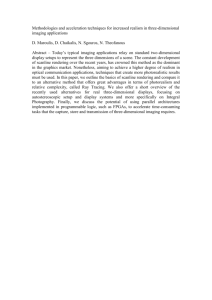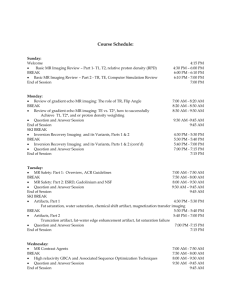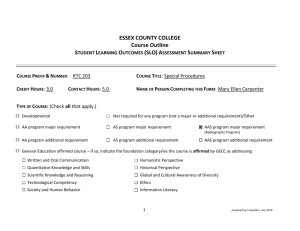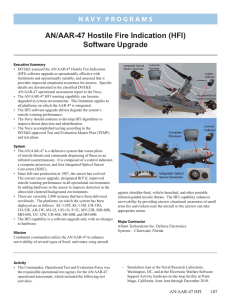High-Fidelity Imaging
advertisement
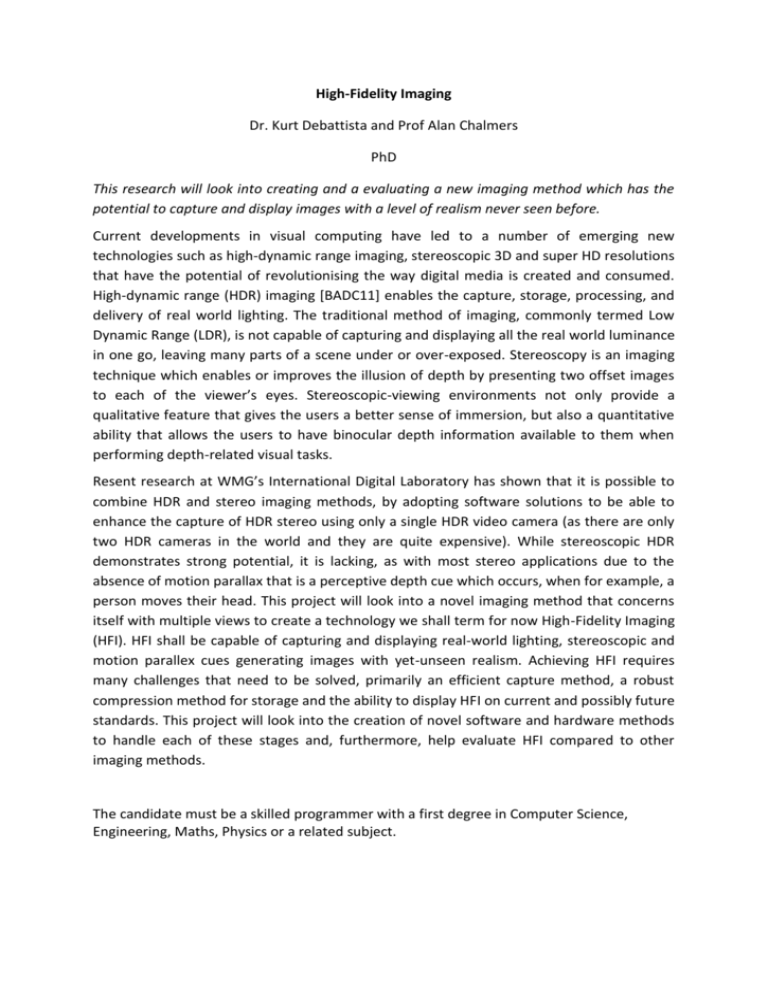
High-Fidelity Imaging Dr. Kurt Debattista and Prof Alan Chalmers PhD This research will look into creating and a evaluating a new imaging method which has the potential to capture and display images with a level of realism never seen before. Current developments in visual computing have led to a number of emerging new technologies such as high-dynamic range imaging, stereoscopic 3D and super HD resolutions that have the potential of revolutionising the way digital media is created and consumed. High-dynamic range (HDR) imaging [BADC11] enables the capture, storage, processing, and delivery of real world lighting. The traditional method of imaging, commonly termed Low Dynamic Range (LDR), is not capable of capturing and displaying all the real world luminance in one go, leaving many parts of a scene under or over-exposed. Stereoscopy is an imaging technique which enables or improves the illusion of depth by presenting two offset images to each of the viewer’s eyes. Stereoscopic-viewing environments not only provide a qualitative feature that gives the users a better sense of immersion, but also a quantitative ability that allows the users to have binocular depth information available to them when performing depth-related visual tasks. Resent research at WMG’s International Digital Laboratory has shown that it is possible to combine HDR and stereo imaging methods, by adopting software solutions to be able to enhance the capture of HDR stereo using only a single HDR video camera (as there are only two HDR cameras in the world and they are quite expensive). While stereoscopic HDR demonstrates strong potential, it is lacking, as with most stereo applications due to the absence of motion parallax that is a perceptive depth cue which occurs, when for example, a person moves their head. This project will look into a novel imaging method that concerns itself with multiple views to create a technology we shall term for now High-Fidelity Imaging (HFI). HFI shall be capable of capturing and displaying real-world lighting, stereoscopic and motion parallex cues generating images with yet-unseen realism. Achieving HFI requires many challenges that need to be solved, primarily an efficient capture method, a robust compression method for storage and the ability to display HFI on current and possibly future standards. This project will look into the creation of novel software and hardware methods to handle each of these stages and, furthermore, help evaluate HFI compared to other imaging methods. The candidate must be a skilled programmer with a first degree in Computer Science, Engineering, Maths, Physics or a related subject.





